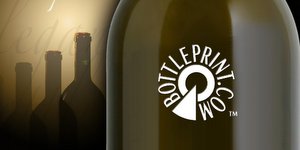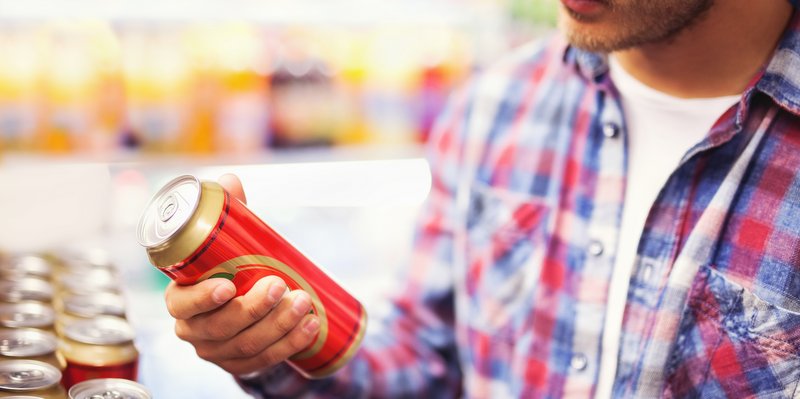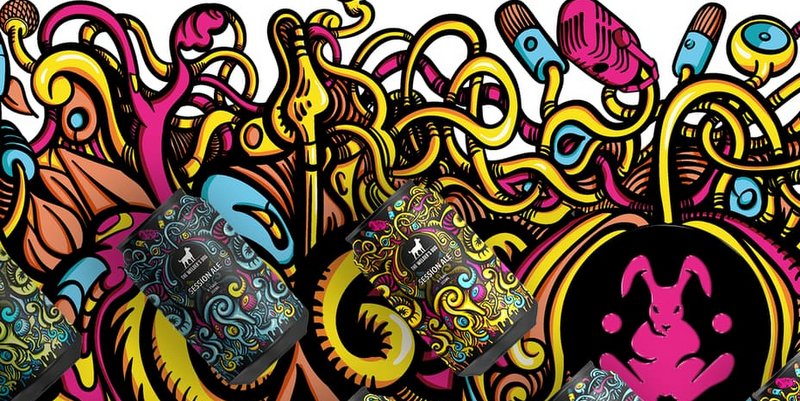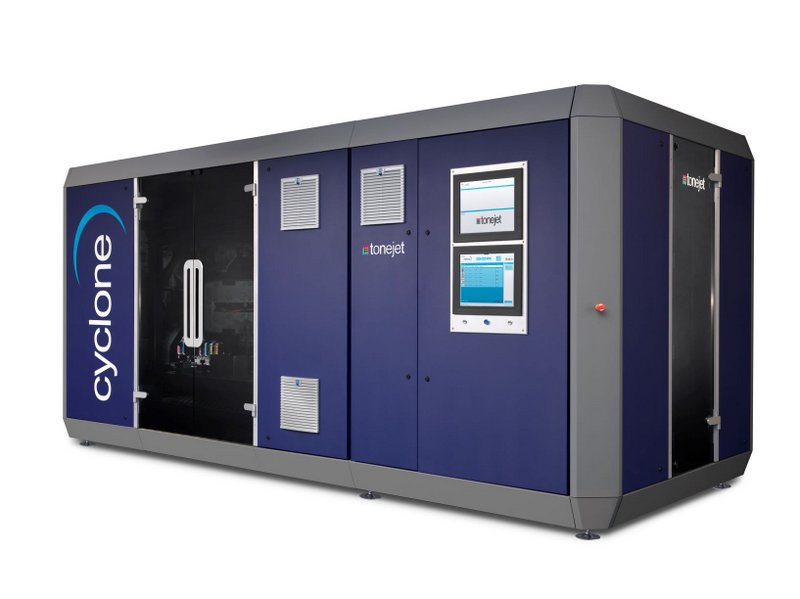
If you caught our earlier feature on craft beer labels, you’d know that the main label decision for a craft brewer is choosing between pressure sensitive or cut & stack and then working through a million options from there. Not satisfied with such a simple either-or decision to start things off? Then it might be time to look at screen printing as an alternative option. We spoke with Robert Howerth, owner of Bottleprint, about craft brewers entering the brave new world of screen printing.
Essentially, the people at Bottleprint print the labels directly onto the bottle. The brewer sends the digital artwork for their label to Bottleprint, which burns screens for their labels. The brewer either ships their bottles or they use the bottles provided by the printer. Bottleprint then prints the bottles and ships them back.
You’ll notice this process foregoes the use of any paper material. An eco-conscious brewer might find the paperless story appealing, brand-wise, but the full picture is more complicated than that. Historically, the curing technology for the screen printing required more power to cure the inks when compared to the paper label, making an eco-advantage negligible. But Howerth noted the advent of UV curable inks for glass has changed that. A UV-cured, screen-printed label requires roughly the same amount of power to cure versus a paper label, according to Howerth. Printers in Europe have been using UV inks on glass for a decade, and it’s starting to be used by printers in the U.S. Bottleprint also uses organic inks that can print a vibrant, lead-free color in finer detail than ceramic ink. The company also requires much lower heat to cure its inks, so its carbon footprint is smaller.
“Some printers have been successful with it, while others have not,” Howerth admitted. “We’ve had great success with our testing and plan to start a UV print line in the near future.”
Bottleprint is new to the craft brewing game as the screen-printing option is normally preferred by a different clientele, but Howerth is excited for the possibilities of this growing segment as more and more brewers look for new ways to position their brands. Craft brewers looking to a screen-printed label are trying to ride the wave of the “martini culture,” and hit on the emotions stirred by brands in the spirit category like Absolut, Grey Goose, etc. Two craft examples being New Belgium Brewing’s Lip of Faith series and all of Stone Brewing Co.’s bottles.
“Our experience has been that this greater awareness is ultimately increasing market share of screen-printed labels. It may not be more than a few basis points, but it is increasing,” Howerth said. “It depends on how much the customer wants to spend on their packaging. Our set up costs are the same whether we print 1,000 bottles or 1 million bottles, so the price per unit drops dramatically as volume increases,” Howerth said. “In order for a smaller brewer to get noticed, they may choose to go with a screen-printed label to stand out from the sea of paper labels at your typical retailer. As they get noticed, their sales increase which will ultimately mean lower prices for their labels. A properly designed screen-printed label adds value to any brand, which will increase sales for any brewery.”
Depending on volume, a screen-printed label will usually cost 5 cents to 20 cents per label more than a paper label, according to Howerth. For those extra cents per label, the brewer will receive a more durable label with a completely different look compared to the norm. And it’s not just the look or cost structure that differs the screen print from the paper label.
“Turnaround will require more planning, due to somewhat slower printing speeds compared to paper labels,” Howerth said. The turnaround point is important as it holds the most potential for a misstep in the process. If a brewer chooses screen-printing and is late with artwork, the whole process will take that much longer.





Leave a Reply
You must be logged in to post a comment.